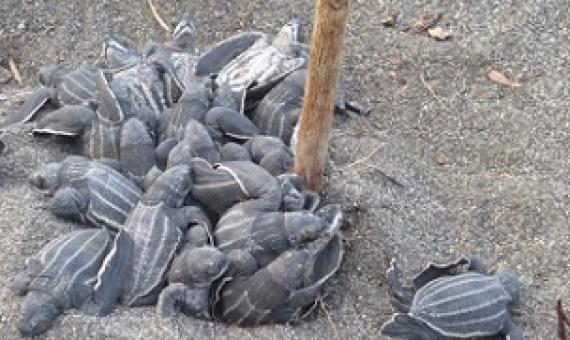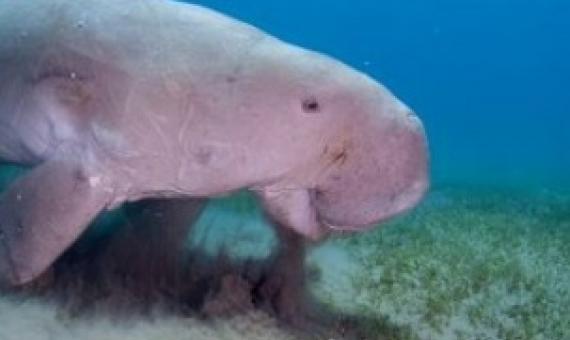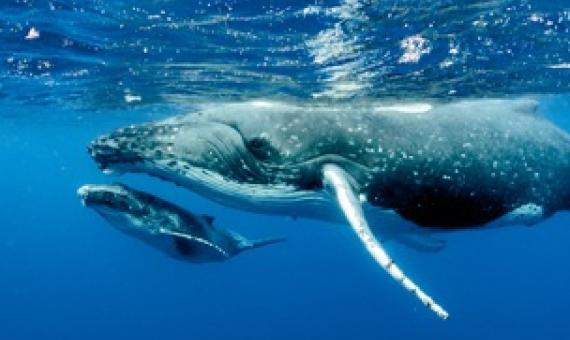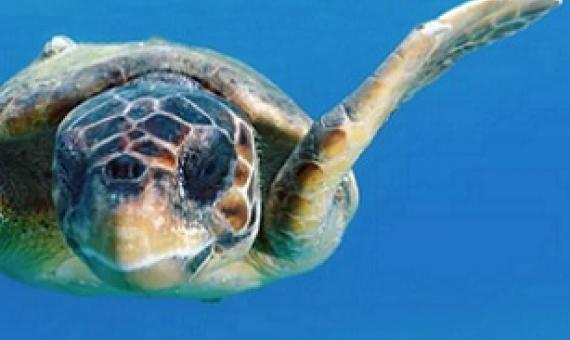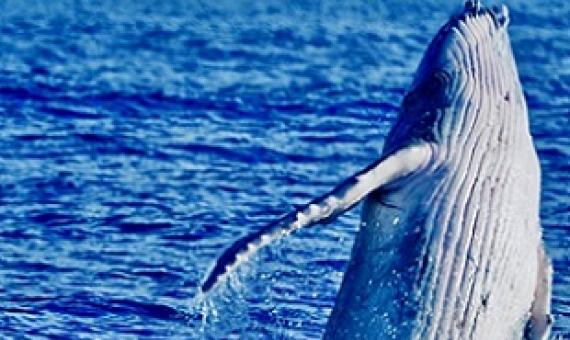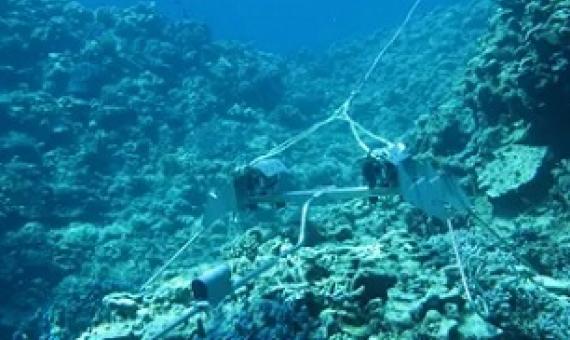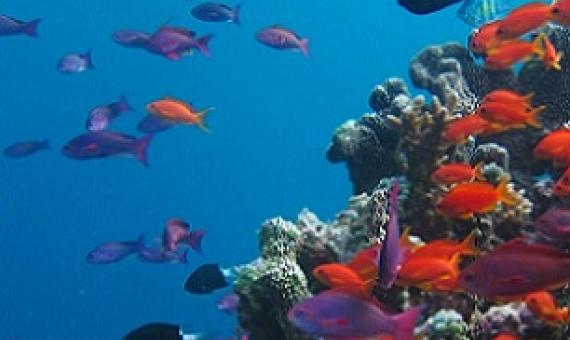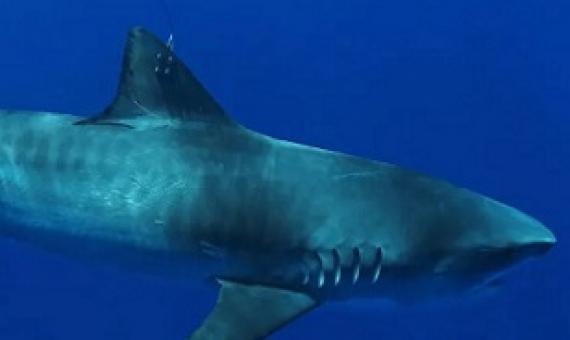Marine biologists warn that the western Pacific leatherback could go extinct without immediate conservation measures and transnational cooperation. This subpopulation has decreased at a rate of 5.6% each year for an overall 80% decline over a 28-year period, according to a recent study.
Delightfully nicknamed “sea cows”, dugongs are herbivorous marine mammals most often found across Pacific-Asian waters. Described by the WWF as “plump” in appearance, they get around using their striking dolphin-like tails, living off seagrass grown from shallow ocean beds.
NOAA Fisheries has issued a final rule that designates three critical habitat areas for humpback whales in U.S.
The Biden Administration took a significant step to protect humpback whales. The National Marine Fisheries Service (NFMS), National Oceanic and Atmospheric Administration (NOAA), and Commerce departments have finalized a rule to protect ocean habitats used by humpback whales.
...As the speed boat approached, the dolphins raced towards the bow and immediately began surfing the wake. The dolphins were now within touching distance and everyone immediately noticed that they were different...These could only be the excessively rare Fraser’s Dolphins.
North Pacific loggerhead sea turtles (Caretta caretta) hatch on the shores of Japan and spend much of their time in the open Pacific, but sometimes mysteriously crop up in Mexico, 9,000 miles (14,500 kilometers) away from their original nesting ground.
The year 2020 was an unusual one for Cook Islands Whale Research. To begin with, the Covid-19 pandemic.
What would a tropical reef look like if it could escape the man-made perils of global heating and overfishing?
The UK is to become the first country to pioneer a major network of underwater camera rigs, funding the world’s largest ocean wildlife monitoring system to help protect life below water.
The COVID 19 pandemic not only caused problems on land, it also slowed shark research efforts in the ocean. Hawaii is home to numerous tiger sharks.

